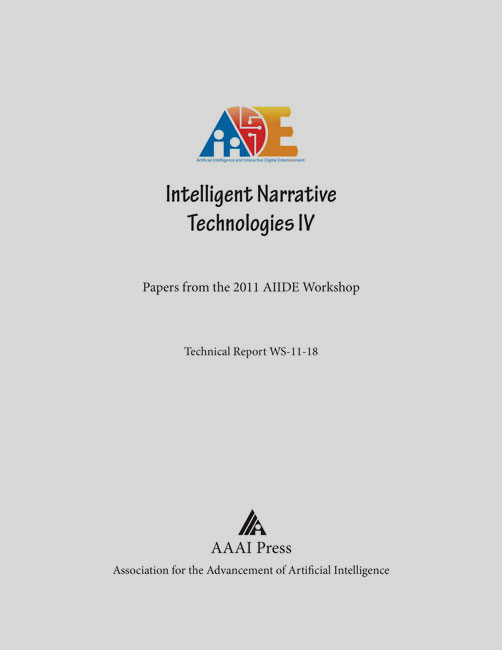Automaticity and Expressive Behavior in Virtual Actors: Notes on the Organization of Mammalian Behavior Systems
DOI:
https://doi.org/10.1609/aiide.v7i2.12464Keywords:
interactive narrative, virtual characters, ethology, affect' personalityAbstract
Much of the most expressive behavior in humans - expressions of shock or alarm, gaze aversion, or explosive rage - are the result of automatic processes that engage before deliberative processing can respond. In some cases, such as weeping, the deliberative system may have only limited ability to override the automatic system. These processes are implemented by a network of phylogenetically old, special purpose, somewhat redundant systems that give rise to the particular idiosyncratic behavior we associate with automatic reactions to emotional events. In this paper, I'll review some of the ethological and neuropsychological results on low-level systems related to threat response, and their relation to the simulation of virtual characters. I will also discuss work in progress on building a medium-fidelity simulation of these systems.

